Credit: university of minnesota, mcalpine group.
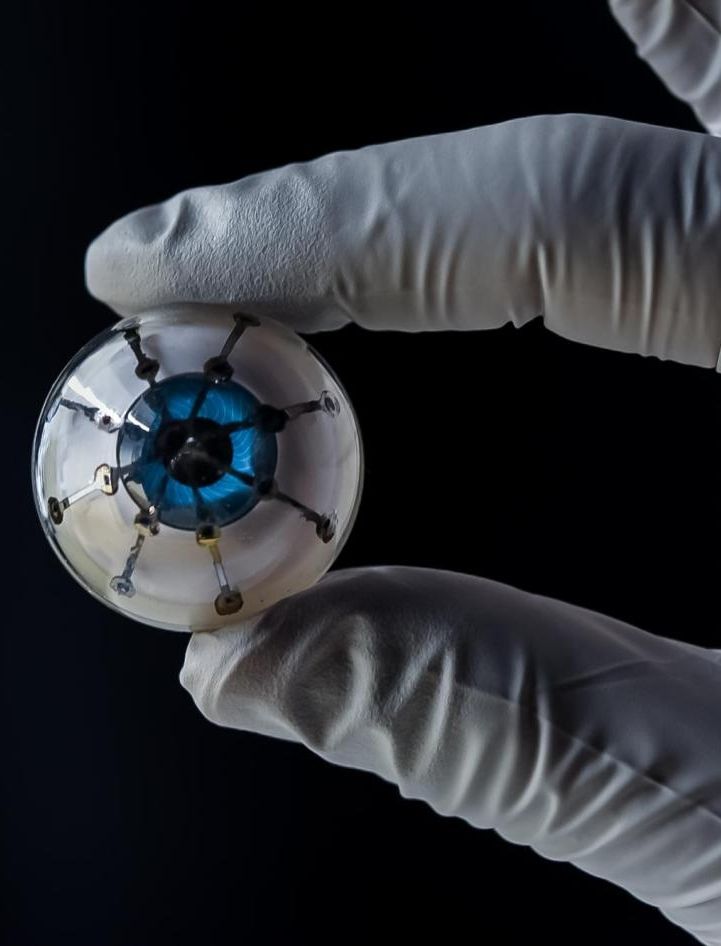

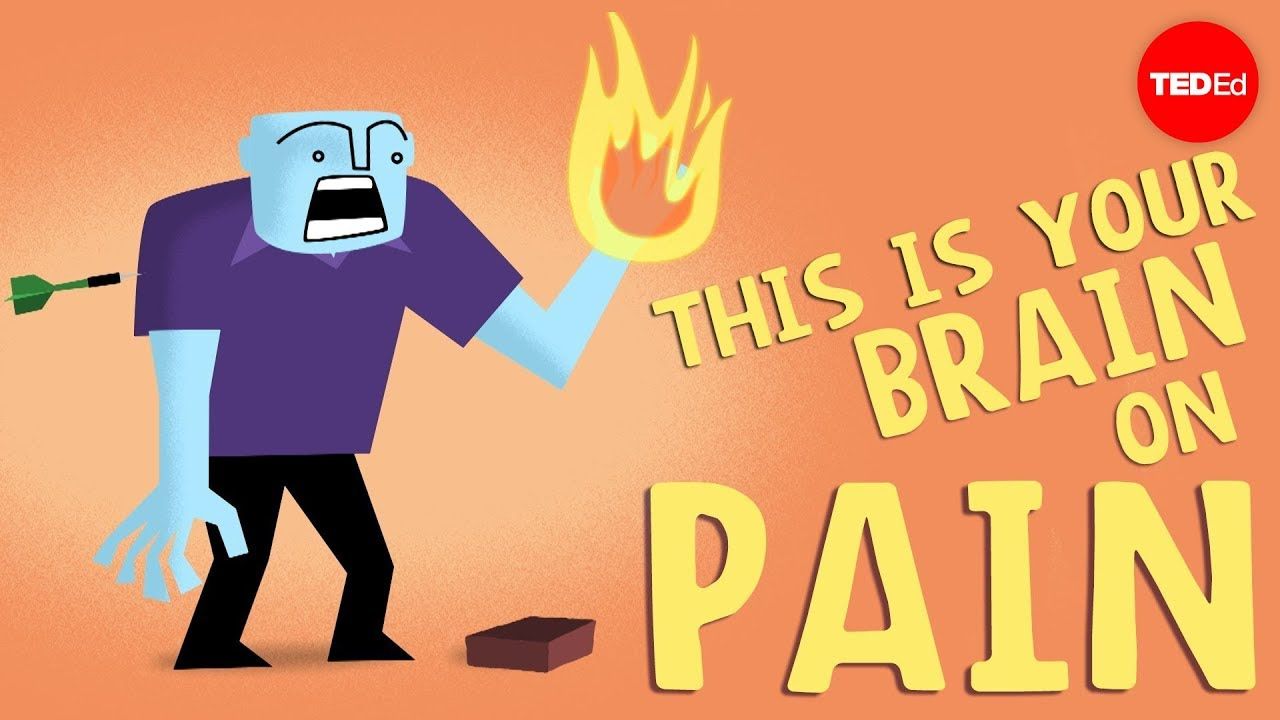
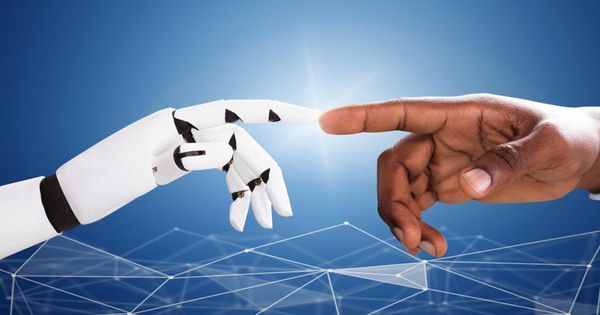
I don’t know about you, but I had to look them both up to get a solid understanding of these terms. Of course, these ideas aren’t new. And the brave new world of biohacking, I mean grinder biohacking, is fodder for edgy and future forward media outlets as well as the nightly news. What interests me is the shift to a more commonplace reference like Gartner report. Their analysis of over 2,000 innovations from quantum computing to augmented reality, lead them to choose that fine line between man and machine. It’s important and a bold wake-up call to humanity.
Is humanity about to enter its greatest point of transformation?

Level 4 – Awareness + World model: Systems that have a modeling system complex enough to create a world model: a sense of other, without a sense of self – e.g., dogs. Level 4 capabilities include static behaviors and rudimentary learned behavior.
Level 5 – Awareness + World model + Primarily subconscious self model = Sapient or Lucid: Lucidity means to be meta-aware – that is, to be aware of one’s own awareness, aware of abstractions, aware of one’s self, and therefore able to actively analyze each of these phenomena. If a given animal is meta-aware to any extent, it can therefore make lucid decisions. Level 5 capabilities include the following: The “sense of self”; Complex learned behavior; Ability to predict the future emotional states of the self (to some degree); The ability to make motivational tradeoffs.
Level 6 – Awareness + World model + Dynamic self model + Effective control of subconscious: The dynamic sense of self can expand from “the small self” (directed consciousness) to the big self (“social group dynamics”). The “self” can include features that cross barriers between biological and non-biological – e.g., features resulting from cybernetic additions, like smartphones.
Level 7 – Global awareness – Hybrid biological-digital awareness = Singleton: Complex algorithms and/or networks of algorithms that have capacity for multiple parallel simulations of multiple world models, enabling cross-domain analysis and novel temporary model generation. This level includes an ability to contain a vastly larger amount of biases, many paradoxically held. Perspectives are maintained in separate modules, which are able to dynamically switch between identifying with the local module of awareness/perspective or the global awareness/perspective. Level 7 capabilities involve the same type of dynamic that exists between the subconscious and directed consciousness, but massively parallelized, beyond biological capacities.
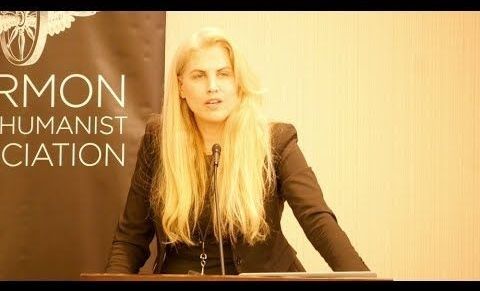
Lincoln Cannon asked me to do a talk a few months ago for the MTA. It was a good time. I learned a lot from the other speakers. Bryan Johnson opened the event and it was interesting to learn about his path and vision for the future. I would like to see many more people in his position. My goal is to make many millionaires out of biotech visionaries through the BioViva platform so that they can reinvest into great tech. Thanks, Lincoln and Bryan!
At the 2018 Conference of the Mormon Transhumanist Association, held 7 Apr 2018 at the Marriott Hotel and Conference Center in Provo, UT, speakers addressed the themes of Mormonism, Transhumanism and Transfigurism, with particular attention to topics at the intersection of technology, spirituality, science and religion. Members, friends and critics of the association have many views. This is one of them. It is not necessarily shared by others.


I have a very important and scary story to share I wrote. Give it a read. It’s published the Napa Valley Register (the main paper of a community where my wine business is newly located). The article is about one of the most common and unexpected ways people around the world die. I almost did.
I recently completed a European speaking tour discussing transhumanism, a social movement whose primary goal is to live as long as possible through science.
Ironically, I’ll probably remember the month-long tour most for a specific 60 seconds—when I almost choked to death on thick, leathery bread in a German restaurant. This may be surprising, but the fourth-leading cause of unintentional death in America is asphyxiation from choking on food, according to the National Safety Council.
In fact, a few years ago, a high school friend of mine who was a talented athlete died when meat became lodged in his windpipe. In total, approximately 2,500 Americans perish every year from choking on food.
Most people never worry about the mechanics of how food travels from the mouth to the stomach—many of us have eaten tens of thousands of times without serious incident. But in today’s modern society, with a range of new types of foods and textures, and the fact many of us are always in a rush (like I was constantly on my speaking tour), people should consider choking dangers far more. People should also know that they can choke on a wide variety of foods that accidentally get stuck in the trachea instead of going down the esophagus.

Transhumanity.net Social Futurism & the Zero State.
This article is part of a series about the Mythos (worldview-narrative) underlying the Zero State (ZS). Part 1 is about our highest concept, ideal, and level of organization, which we call The Array. Part 2 explains the Sections & Sessions our core activity revolves around, and Part 3 (below) covers the Twelve Foundation Stones that form the basis of our story.
A previous article I wrote for Tnet mentioned the need for entertainment that gives people a strong sense of meaning and purpose in their lives, and introduced an idea known as the twelve “Foundation Stones” of the ZS-ARG Mythos. The Foundation Stones are the seeds of our unifying narrative. Each is the fragmentary initial story of one of the twelve ZS Houses, outlined very briefly below and spelled out in full in the forthcoming Black Book.
Before reading this article it is important to understand that it refers to the Zero State (ZS) Alternate Reality Game (ARG), and thus deals in metafiction. It is not a simple non-fiction article (obviously!) and will only make sense if you already know ZS, or follow some of the links above! This article draws – with thanks – upon text from the ZS wiki, some of which has been contributed by members of the various ZS Houses.
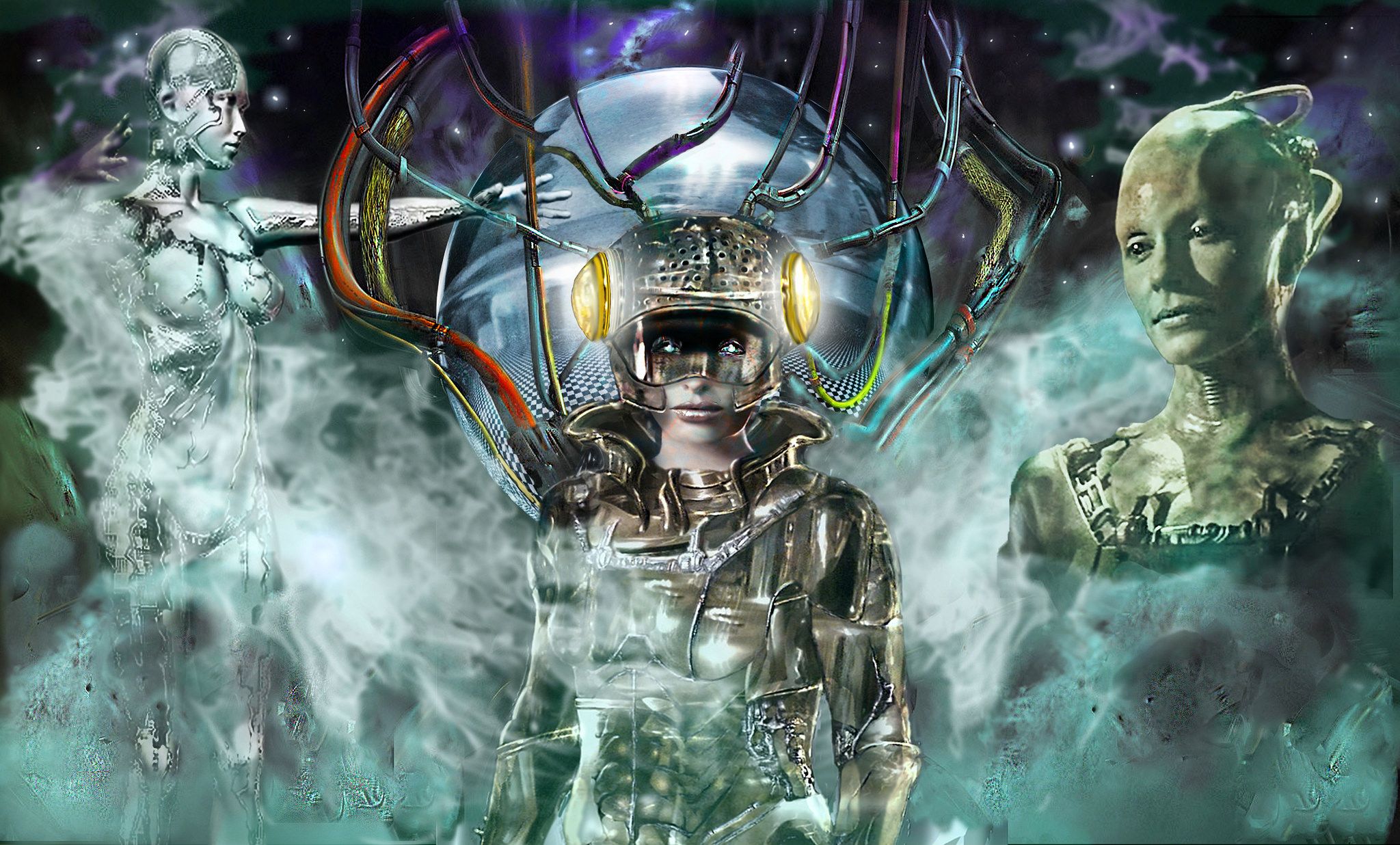
Often only a few years separate the tinfoil hats from the millionaires to be. I was writing the piece on the Youbionic arm and thinking of how we will use 3D printing to augment human beings. Clearly augmenting the human body with mechatronics would be a good idea. The flesh is weak but stepper motors are strong! Oh how we will eeck, ooow, brrrr whine in our old stepper augmented age. Machines could very well fill the gaps once our bodies start failing us. But, will old people homes really be filled with Borg grandmas?

Will your grandad get that night vision upgrade he’s always wanted so he can deer hunt whenever he damn pleases? Would it be a good idea if I on a whim replaced my tennis elbow with a tennis racket? We never get the future right and most of our visions of mechatronic augmentations of humans are either a bit Johhny Cab or they’re ruined by that tiara Geordi was wearing across his face in Star Trek. I know he can’t see it, but someone should have told him really.

https://paper.li/e-1437691924#/
Stefan Lorenz Sorgner, Ph.D. is a German metahumanist philosopher, Nietzsche scholar, philosopher of music, and an authority in the field of ethics of emerging technologies.
Stefan teaches philosophy at John Cabot University in Rome and is director and cofounder of the Beyond Humanism Network, Fellow at the Institute for Ethics and Emerging Technologies (IEET), Research Fellow at the Ewha Institute for the Humanities at Ewha Womans University in Seoul, and Visiting Fellow at the Ethics Centre of the Friedrich-Schiller-University in Jena, where he was also Visiting Professor during the Summer of 2016. He is also Editor-in-Chief of the Journal of Posthuman Studies.
In recent years, he taught at the Universities of Jena (Germany), Erfurt (Germany), Klagenfurt (Austria), Ewha Womans University in Seoul (South Korea), and Erlangen-Nürnberg (Germany). His main fields of research are Nietzsche, the philosophy of music, bioethics and metahumanism, posthumanism, and transhumanism.